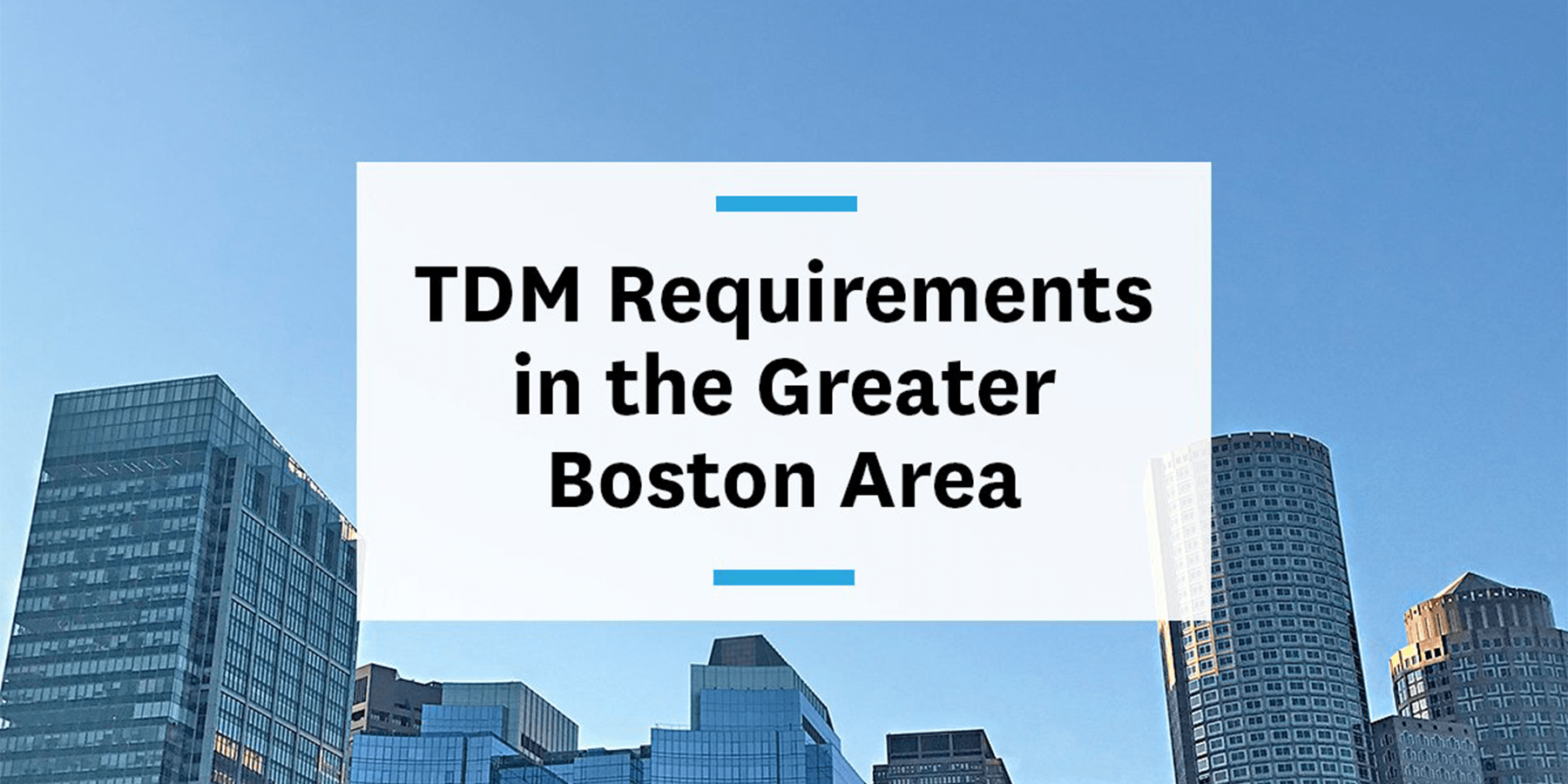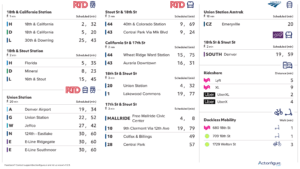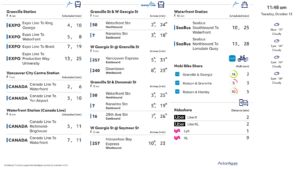Not only is the greater Boston area a business hub for the Northeast, it’s home to over 30 colleges and universities. At nearly five million people, it’s one of the largest metropolitan areas in the United States. With a growing population comes a strong economy, but also increased traffic issues.

There are more than 1.2 million people in Boston’s city limits during regular working hours, and more than 150,000 students attending all Boston-area schools. Boston commuters lost an average of 164 hours sitting in traffic in 2018 as a result of daily population influxes. Fortunately, the Massachusetts state government and local municipalities are working to implement TDM regulations to ease the congestion that has plagued Boston roadways in recent years.
What is Transportation Demand Management?
If you stay current with city planning initiatives, you’re well aware of transportation demand management (TDM), but if you’re not fully up to date, we’re here to help. In short, TDM is the effort made by governments, employers, developers, and property managers to reduce the number of single-occupancy vehicle commutes on the road on a daily basis. Offering a free shuttle service to employees is a perfect example of a TDM effort made by an employer, for instance, because it doesn’t add any additional infrastructure but instead ferries employees to and from an existing transit stop.
TDM requirements in Boston
The city of Boston requires the Boston Transportation Department and developers to execute a Transportation Access Plan Agreement for all new, individual developments.
Here’s a breakdown of what you need to complete a TAPA. If a structure’s going to be 20,000 or more square feet, or 15 housing units, developers need to complete a Small Project Plan. If a building’s going to be 50,000 or more square feet, developers need to complete a Large Project Plan. These measures can be executed in a variety of ways, including becoming members of a local transportation management association (TMA), providing subsidized transit passes, or installing bike facilities.
City of Cambridge TDM requirements
The City of Cambridge made its Parking and Transportation Demand Management Ordinance (PTDM Ordinance) permanent for developers in 2006. There are two levels of requirements for new buildings, depending on the number of parking spots. Small project plans require at least three TDM measures when a non-residential property has between five and 19 parking spaces.
These measures can range from installing showers and lockers, a membership to a transportation management association (TMA), offering a financial incentive for walking or biking to work, among many other options. The PTDM small project form must also be completed and submitted to the City of Cambridge.
The second level is the Large Project PTDM Plan, which is required for non-residential buildings that have 20 or more parking spots. These properties must comply with the single-occupancy vehicle (SOV) commitment, offer a comprehensive set of TDM measures, as well as annual monitoring and reporting on what’s being done.
The annual reporting consists of surveying building employees and patrons, counting car and bike parking spaces available every two years, and the status of implemented TDM measures. Reporting prevents involved parties from becoming stagnant with a one-time effort and holds them accountable to make continued strides forward.
Requirements for employers
We have covered requirements for developers to follow, but that doesn’t mean employers are off the hook. Reducing SOV commutes is an effort that can only be successful with buy-in from all parties.
Although Boston doesn’t require employers to meet certain requirements, the state of Massachusetts does. Companies with 250 or more employees and educational institutions with 1,000 or more employees and students combined need to adhere to the Massachusetts Rideshare Regulation. To comply with this regulation, a plan must be in place to reduce the drive-alone rate by 25 percent. The following actions must also be taken in order to meet regulations:
Survey current commuter patterns
To figure out the best plan of action, it’s important to first understand how commuters are currently getting to work or school. Establishing a baseline for commute times also contributes to developing a more comprehensive plan.
Identify available commuting options
People will drive when they are unaware of an alternative method of commuting — it’s the default option. Making sure they have access to information about all the available options they can take is the first step to altering habits.
Set goals for reducing drive-alone trips
Plotting realistic goals building toward the 25 percent reduced drive-alone rate is crucial to an achievable plan. You’re not going to accomplish it overnight! Start small and keep moving forward.
Offer options and incentive for reducing drive-alone trips
Boston’s full of alternative transit options, and it’s up to employers to assist employees with the switch from car commutes. Offerings can include a parking cash-out program, transit subsidies, or bike-friendly elements. Working with a local TMA can help identify and implement other strategies.
Review how commute patterns change as a result
Once your plan is in place, it’s important to monitor how commuting behaviors change as a result. Maybe one part of the program is working, but another isn’t as strong. Continuing to adapt and update as more options and regulations come to pass will ensure continued success.
Work with local TMAs
Knowing exactly what can be done or how to implement TDM measures to best reduce drive-alone commutes can be overwhelming. Don’t worry, you’re not alone! Due to the many individual jurisdictions in the greater Boston area, there are many organizations waiting to help.
A Better City TMA and Allston Brighton TMA work with companies, developers, and property managers in Boston’s city limits to both implement TDM measures and help take advantage of the available options. To go a step further, a membership with either organization can lead to winning monthly prizes, just for commuting by methods other than driving.
The Charles River TMA serves the City of Cambridge with the goal of getting commuters out of their cars. They run the EZRide shuttle, which offers free service for employees who work for a member company – so talk to your HR team or the decision-maker if your company’s not already a member!
Why it has to be done
Although a growing population and strong economy are positive signs, traffic issues are bound to follow. TDM regulations are starting at the state level and working their way down to local policies, but that’s just a start.
Only employers of certain sizes are required to meet government requirements, but that doesn’t mean smaller companies don’t have skin in the game. Companies of all sizes need to take great steps in an effort to change their employees’ commuting habits. Minimum effort will lead to minimum results — so start today.




